First Nations
We have spent many years working with, and for, First Nations, including in the course of regulatory compliance impact assessment efforts. Many of our projects see us engaging with First Nations and Indigenous Communities through independent public outreach and volunteering, or in technical advisory and support capacity roles.
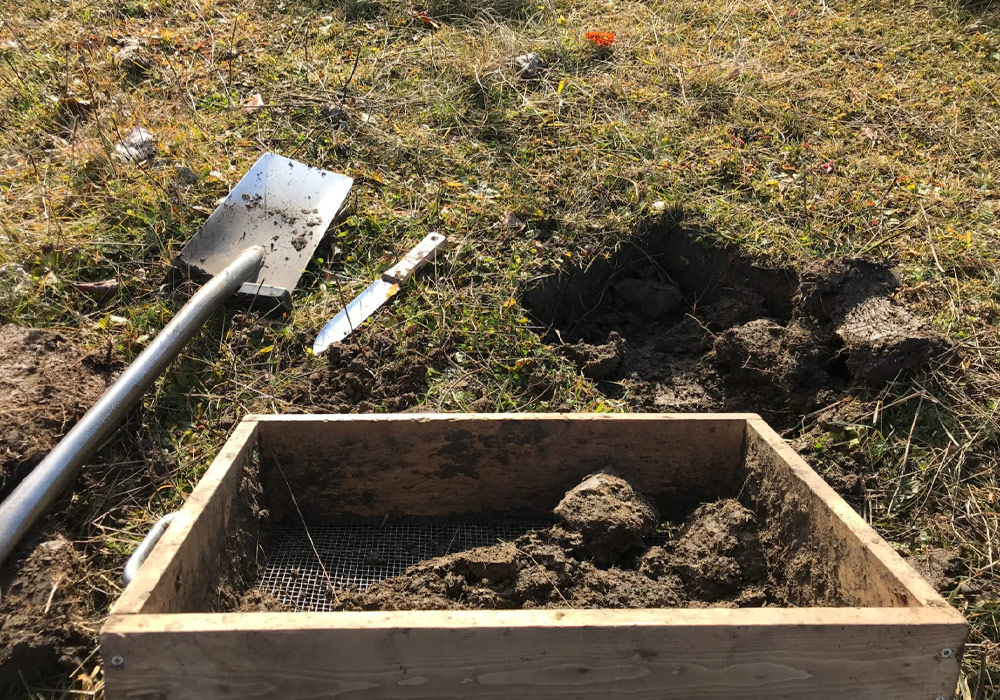
TECHNICAL REVIEWS & CONSULTATION SUPPORT
We provide technical review services to First Nations and Metis communities to ensure Indigenous heritage is being appropriately and adequately protected during industrial development. Technical reviews are usually project-specific, but could also be focused on specific areas or concerns. They usually include detailed review of industry-sponsored impact assessments with evaluations of coverage, level-of-effort, and compliance with standards and best practices.
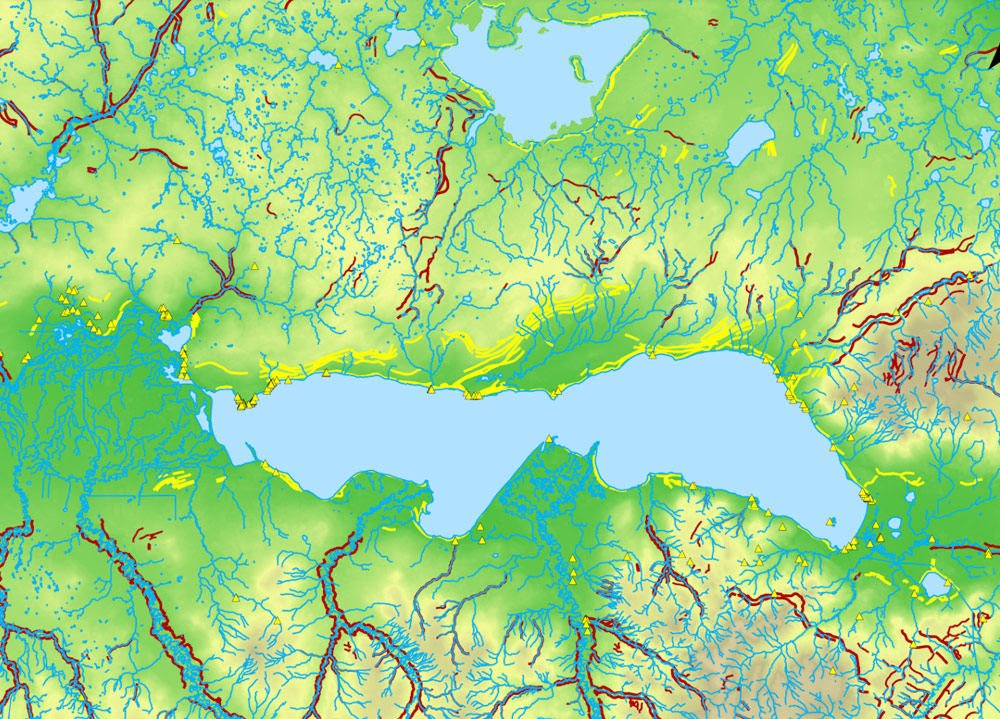
PREDICTIVE MODELLING & DEVELOPMENT SCREENING
Accurate and precise models of archaeological potential or traditional land-use can help communities manage and protect their heritage, evaluate work done in their territory, and communicate impacts on traditional land use values. We use collected data, community knowledge, GIS, and artificial intelligence to build maps of where archaeological sites, or other resources, are likely to exist.
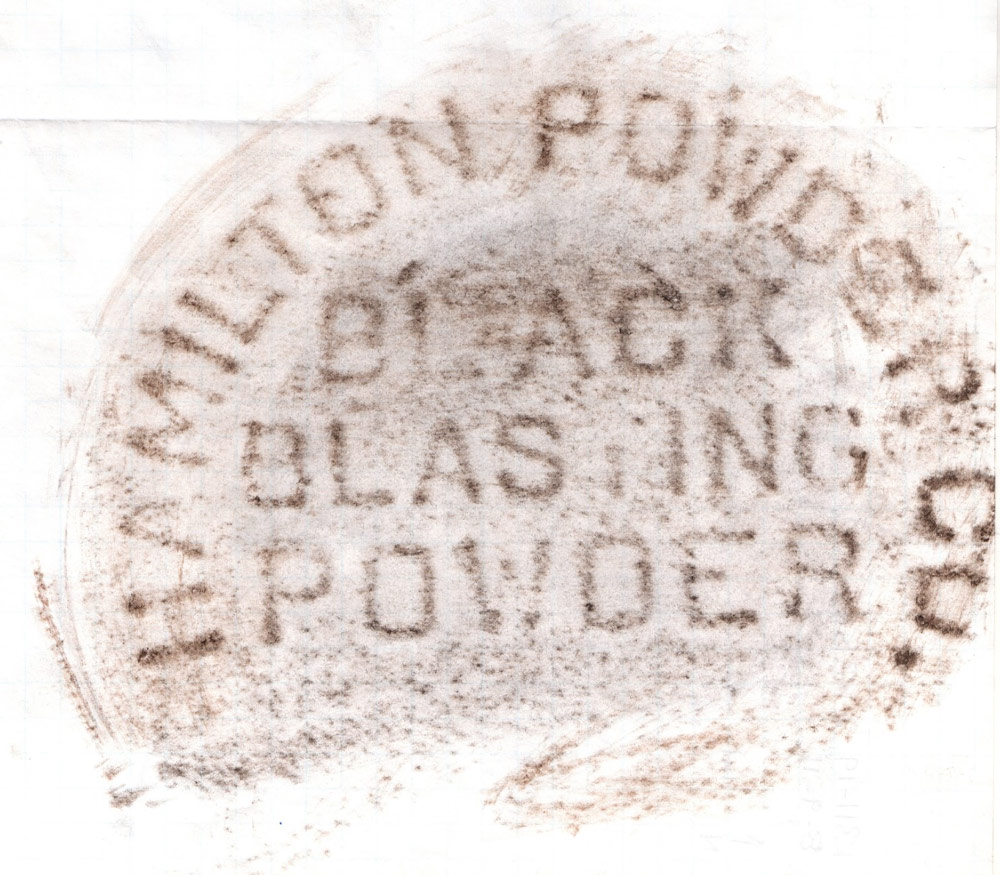
HISTORICAL & ARCHAEOLOGICAL RESEARCH
We use our technical skills and industry experience to help communities answer questions or document their history. The process can range from providing an overview of archaeological work that’s been done in your traditional territory to detailed research into a specific place or time. Working with the community, we can help combine traditional knowledge and community history with western archaeological knowledge to ensure that we understand what is important. This knowledge can help in the development of community archaeology projects, community-specific curriculum, indigenous heritage surveys, and industry and government relations.
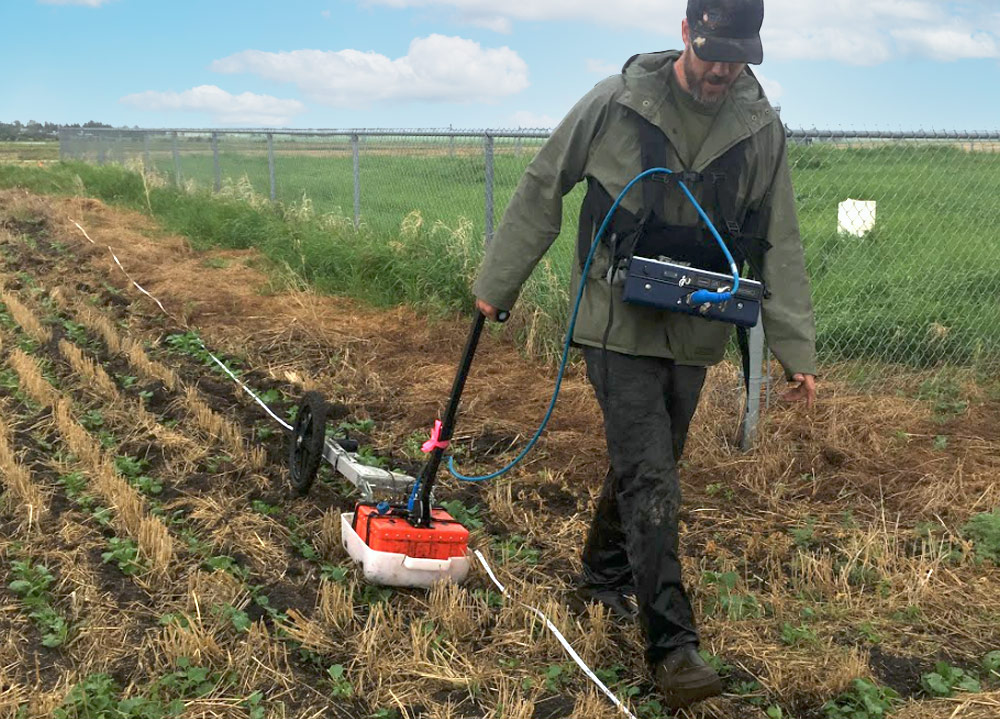
SITE DOCUMENTATION & REPORTING
Ember Archaeology works with First Nations to record, document, and report sites with significant value to the community to help ensure they’re valued and protected by provincial regulators. This can involve ground-truthing sites through traditional archaeological survey and excavation, or non-invasive methods like ground penetrating radar and metal detector sweeps. Archaeological fieldwork can find evidence to support oral or community histories, test areas of concern from a technical review, or find sites for a community archaeology project.
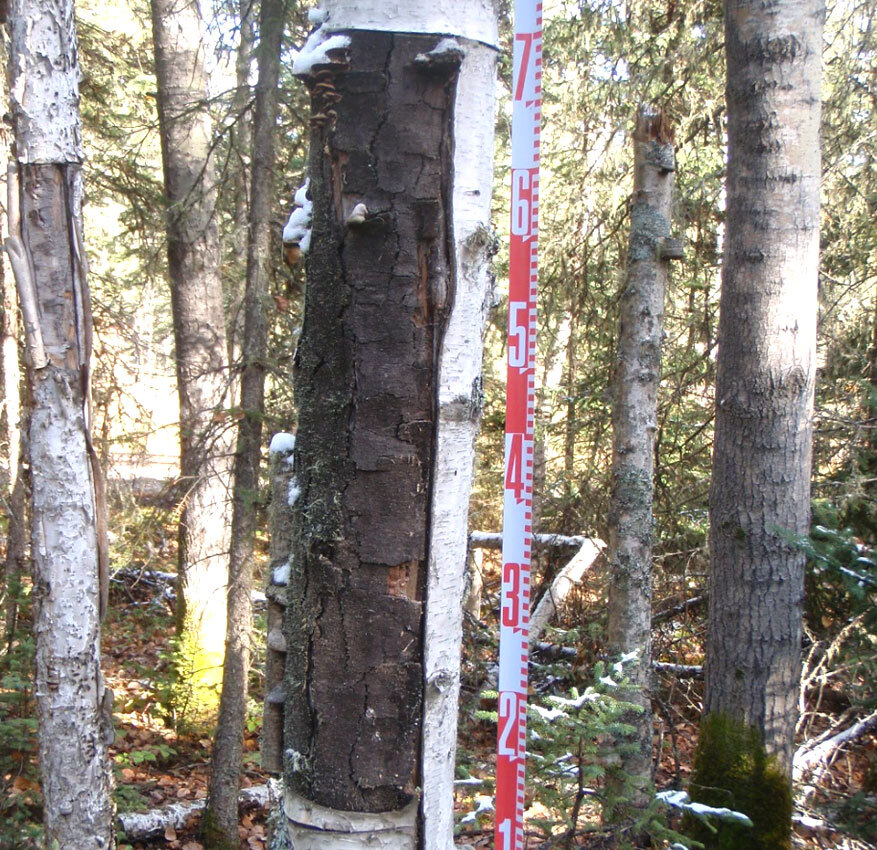
TRADITIONAL USE & INDIGENOUS HERITAGE SURVEYS
Ember Archaeology are industry leaders in digital data collection. We have developed in-house relational databases for the collection of archaeological field surveys. These databases are built using Filemaker on iPads, tethered to mapping-grade external GPS units, which reduces data collection errors. Digital data collection during excavation also enables rapid progress reports and interim reporting. Using a true database for data collection, rather than a simple form, enables rapid cross-referencing, summarizing and preliminary analysis. We will leave the field with accurate artifact recovery data removing the need for “preliminary cataloging” to complete an interim report to meet approval timelines. This also removes the cost of re-work to complete final cataloging.
Indigenous participation is critical for the success of projects within the traditional territory of an affected Nation, and we prioritize the time and effort it takes to build community relationships.
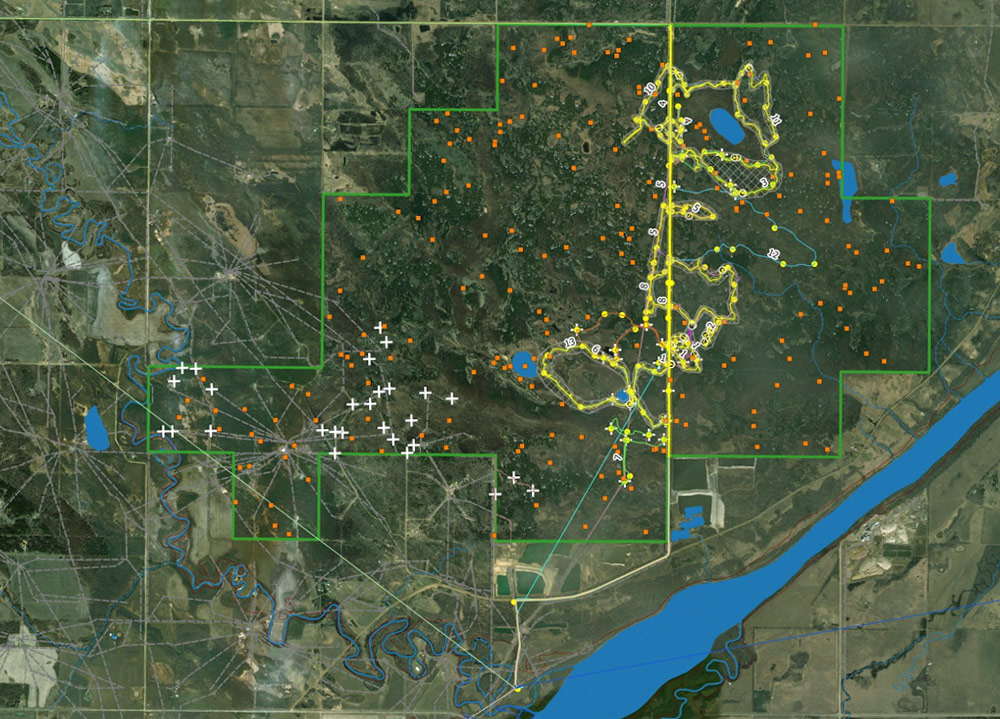
GIS SUPPORT SERVICES
Ember Archaeology can use our experience managing impact assessments for large scale, long-term developments to help you manage your community’s spatial data. We bring together data from a wide range of sources to support consultation or other community projects. QGIS, a free open-source GIS program that’s both powerful and user-friendly, is our go-to. We can provide training and support year-round, or provide project-specific analysis and services
